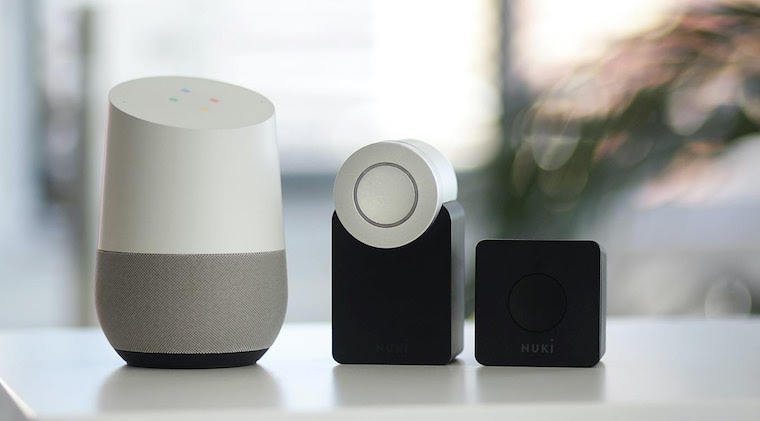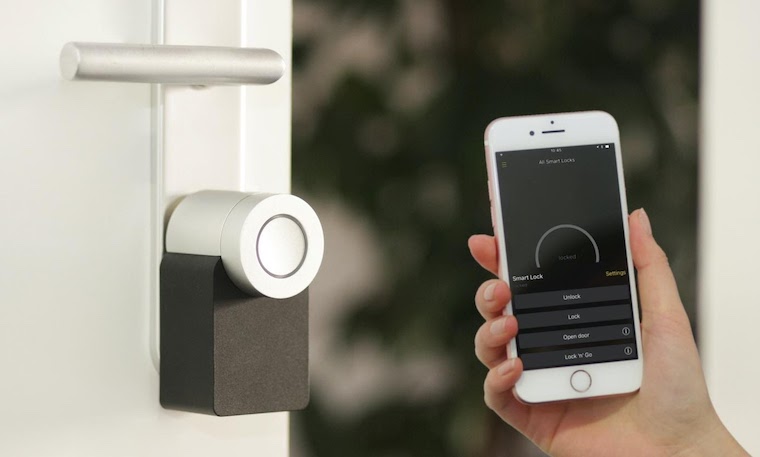
DIY Home automation or smart homes are the waves of the future. By doing home automation tasks yourself, you can not only save money, but you also get to choose the features and devices that best suit your needs. Plus, with a little bit of know-how, you can probably do it yourself in just a few hours.
If you are not sure about getting started with home automation, this blog post is for you. This blog post will cover everything about DIY home automation and discuss some of the easiest ways to turn your home into a simple smart home that you can do yourself. So, keep reading!
What is a Smart Home?
A smart home is one where you barely have to do anything, and the house automatically knows what you need without you even saying anything. You can make your home into a smart home by adding devices that allow you to remotely control your home’s appliances, lights, and security system.
Getting Started with the Home Automation
Are you looking for How do I fully automate my home? With the following five simple steps, you can turn your home into a smart home.
- Evaluate your needs and budget
- Choose the right devices and accessories for your smart home
- Select your smart home platform
- Connect devices to your home appliances
- Set routines and automation tasks
Evaluate your needs and budget
The first step of turning your home into a simple smart home is to evaluate your needs and budget. What features are important to you? Do you want to be able to control your lights, appliances, or locks from your phone? Are you looking for energy-saving measures or ways to make your home more secure? What tasks do you want to automate? What devices do you need to complete these tasks? How much are you willing to spend? Etc.
After this, you have a good idea of what you want; it’s time to start choosing the right devices and accessories.
Choose the right devices and accessories for your smart home
Once you know what you want, you can start shopping for the right devices and accessories that connect to the internet and are controllable from a mobile phone or computer. There are many devices and accessories to choose from, so it’s important to find the right ones for your specific needs. To start, here are some categories of smart home devices and accessories:
- Centralized control hubs - These units contain all the brains and communication protocols for interacting with all your smart devices. They typically contain Wi-Fi, Bluetooth, Z-Wave, and ZigBee radios.
- Input devices - allow you to manually trigger an action or passively gather the information that other devices can act upon. These include smart switches, motion sensors, and door/window sensors.
- Active sensor types - These devices allow you to monitor conditions in your home, such as temperature, humidity, ambient light, and motion.
- Output devices - These are the devices that do something in response to an input device and are used to control or interact with appliances, electronics, and other devices in your home.
- Home security - These devices help protect your home by monitoring activity and providing security features such as cameras, alarms, and locks.
While there are many ways to secure a Smart Home, using a VPN is the best and easiest. What’s the meaning of VPN network? A VPN is a virtual private internet network that gives you online anonymity and privacy by creating a private network from a public internet connection. Smart Homes depend on wireless signals to connect appliances, lights, locks, and other machines in the house to a central hub or app. Hackers and cybercriminals can reroute Smart Home signals to another location, allowing them to intercept the data easily. Meanwhile, a VPN is a service that creates a secure connection to a Smart Home’s router. If you are looking for a reliable VPN service, go for VeePN. It is an amazing VPN service, so don’t be late and ask them for a free trial.
Select your smart home platform
Once you have selected the devices and accessories, you are ready to select your smart home platform. The platform you select will help connect the devices to your home appliances.
What technology is in a smart home? Many smart home platforms are available, but not all are right for every household. Here are some popular platforms:
- Apple HomeKit - This platform is designed for users with Apple products and allows you to control devices using Siri voice commands.
- Amazon Alexa - This smart home platform is one of the most popular and allows you to control your voice devices.
- Google Home - This platform is designed for users with Android products and allows you to control devices using voice commands from your phone or on the Google Home device.
- Samsung SmartThings - This platform is designed to work with various devices and allows you to control devices using the SmartThings app on your phone.
- Xiaomi - This platform is designed for users with Android products and allows you to control devices using voice commands from your phone.

Connect devices to your home appliances
Here are some tips for connecting devices to your home appliances:
- Make sure the devices are compatible with your platform.
- Connect devices to your home appliances by plugging them into an outlet, pairing them with the appliance, or using a third-party device such as a smart switch.
- Follow the instructions for connecting devices to your home appliances and test them to ensure they are working properly.
Set routines and automation tasks
Setting routines and automation tasks will control your home and save time and energy.
Here are some tips for setting routines and automation tasks:
Choose the devices you want to include in a routine and the conditions you want the routine to run.
- Set up notifications for when a routine is activated or failed by using the if-else command or other.
- Set up notifications for when a device is activated or deactivated.
- Set up automation tasks based on triggers such as time of day, location, and device activity.
- Set up automation tasks based on the status of a device, such as humidity, temperature, or moisture levels.
- Test your routines and automation tasks to make sure they are working properly.
With the right devices, accessories, and smart home platform, you can easily complete your DIY home automation and have more control over your home. Happy automating!
Share this post
Leave a comment
All comments are moderated. Spammy and bot submitted comments are deleted. Please submit the comments that are helpful to others, and we'll approve your comments. A comment that includes outbound link will only be approved if the content is relevant to the topic, and has some value to our readers.

Comments (0)
No comment